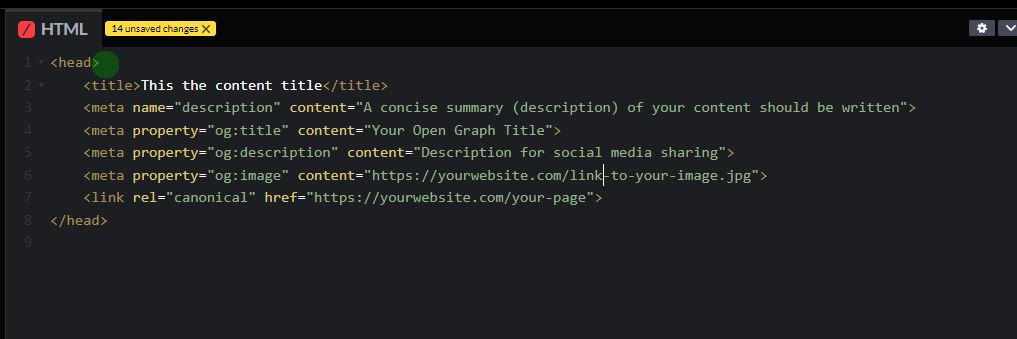Metadata creation is not hard and difficult to do at all. In this guide, I will show you how you can create professional metadata for your website and blog content. If you follow this guide, you will not only make your content more SEO-friendly but also improve your readers’ experience.
One of the crucial aspects of website and content management is metadata creation. Metadata provides additional information (data) so search engines, browsers, and people can understand and interpret the content effectively. If you want to make your website or blog and its content SEO-friendly (easily found by search engines), then creating metadata is what you need to start doing.
Note that I am not saying that your content will rank if you just simply create metadata for it. You have to create content (articles) that has high search demands and as well as following other SEO practices. You may see our expert guide on SEO for beginner WordPress users.
Types of metadata
According to the explanation we gave above, Metadata simply means data or a piece of information about website content. Before content is complete, it must have a title, description, sponsor image, etc. Thus the six (6) types of metadata are
1. Title Metadata:
The title metadata, often referred to as the <title> tag, is the title of a webpage that appears in the browser’s title bar or tab.
Title metadata is a critical on-page SEO factor, influencing search engine rankings and user click-through rates.
2. Description Metadata:
The description metadata provides a concise summary of a webpage’s content. It’s commonly displayed in search engine results.
Metadata descriptions can attract users by giving them a glimpse of what the page offers.
3. Keyword Metadata:
Keyword metadata is used to inform search engines about the page’s content. However, search engines now rely more on content analysis. This type of metadata is valuable for SEO.
4. Viewport Metadata:
Viewport metadata, set with the is a type of metadata that controls how a webpage scales on different devices.
This type of metadata is essential for creating responsive website designs that adapt to various screen sizes, improving the mobile user experience.
5. Open Graph Metadata:
Open Graph metadata is used to determine how content is displayed when shared on social media. This type of metadata enhances the visual appeal of shared content, making it more engaging. This is what content creators use when you share their content link on social media like Facebook, you will see the sponsor image, title, and description.

6. Canonical Metadata:
This type of metadata helps prevent duplicate content by specifying the preferred URL. Canonical metadata ensures search engines index and rank the correct version of a page.
How to create metadata for your content
To create Metadata for your content on a website or blog, you have to write it in an HTML language and add it to the <head> section of HTML documents. Here’s an example of a basic HTML head section:

Rules of creating metadata
- Ensure metadata accurately represents the content to maintain user trust and improve SEO.
- Titles should be around 50-60 characters, and descriptions should be within 150-160 characters for optimal display in search results.
- Keep metadata consistent with the actual content of the page.
- Update metadata as needed, especially when modifying content or restructuring the website.
Conclusion and further reading
Metadata is good to be created for every of the content on your website and blog if you want them to rank organically because it helps to provide essential information about your web pages to search engines and users. By creating metadata effectively, you can optimize your website or blog content (page and post) for better visibility, user experience, and search engine rankings.
Hope this article has helped you know how to create metadata for your website content (post, page, category, tag, etc. You may also see our expert guide on how to optimize WordPress website databases via cPanel.
If you know that this article has helped you, then subscribe to our YouTube channel for more updates. You can also find me on Facebook.







Thank you for this helpful guide sir. Meta data creation is best for SEO. I like to take my website SEO to the next level, that is why I am here.
HiPujan
Thank you for your feedback